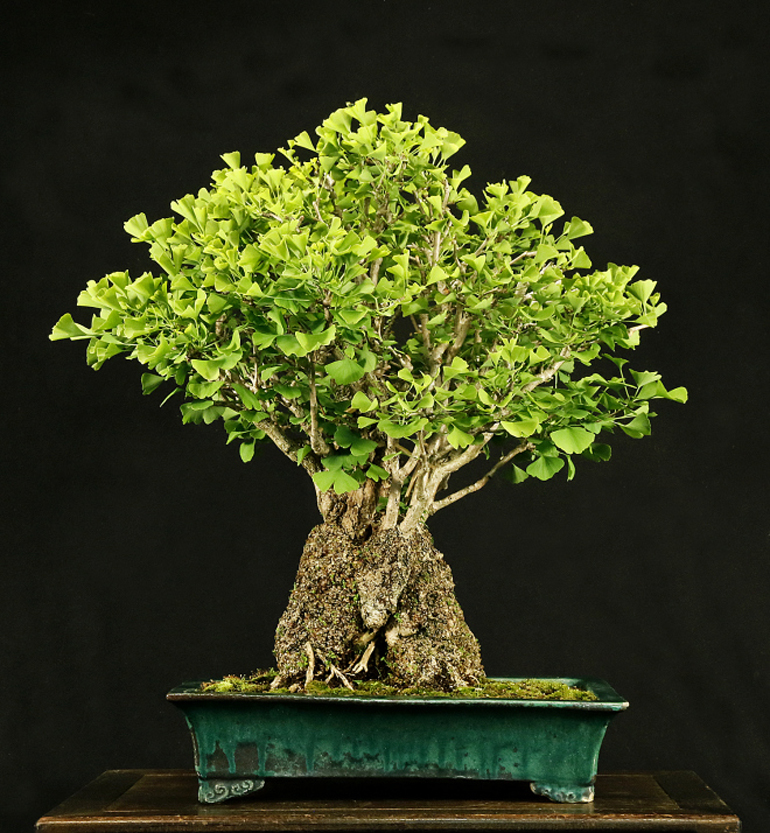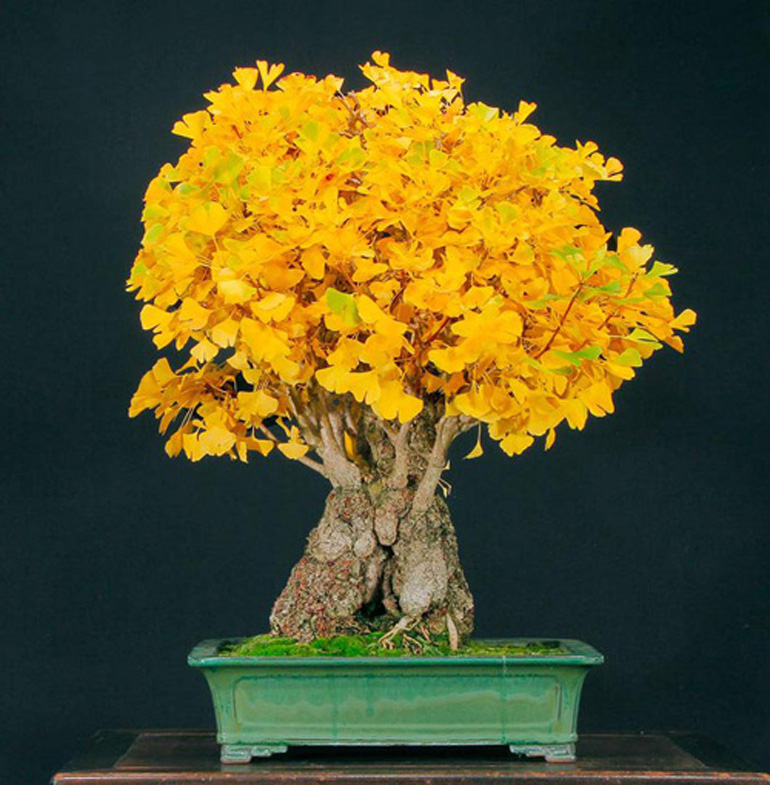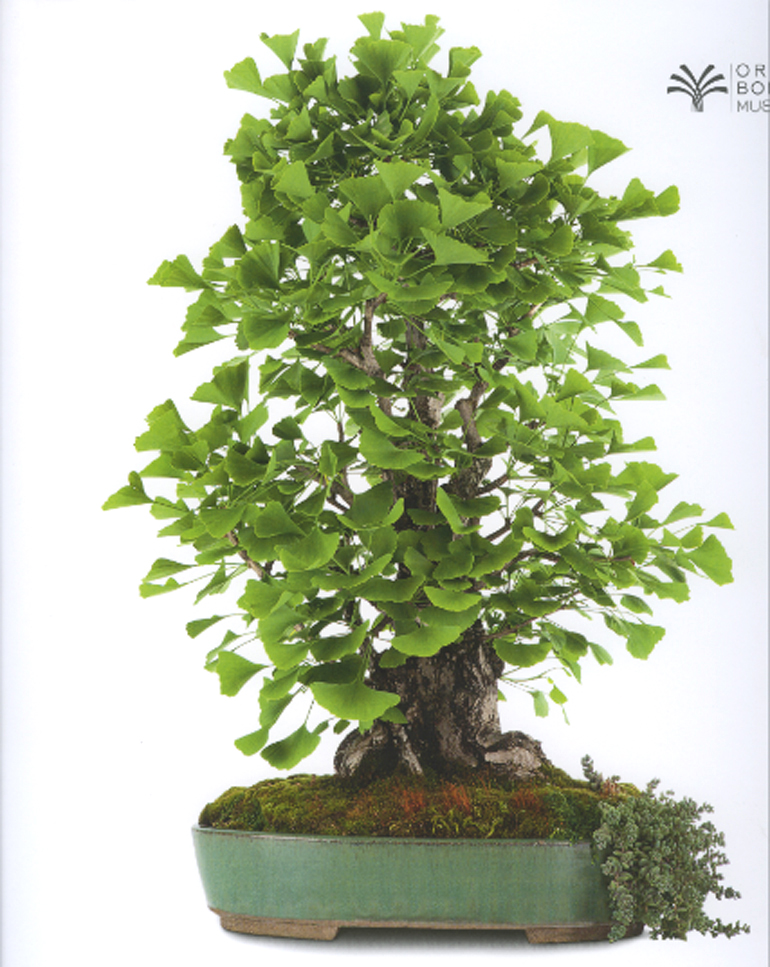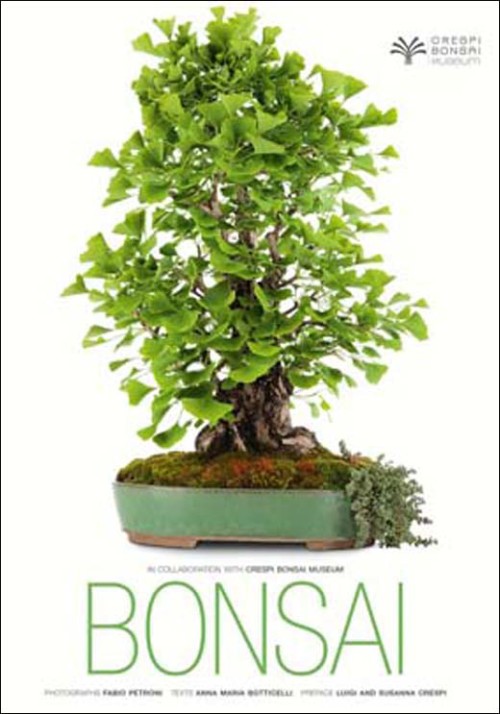
This is the same tree we showed yesterday. Same pot too. Just a few months earlier. I borrowed the photo from Bill Valavanis' blog, Welcome to My Bonsai World.
You don’t see that many Ginkgo bonsai. My guess is that this is because they are limited in terms of what you can do with them. For the most part the branches grow more or less straight up and tightly bunched and trunks typically lack movement and grace; staying more or less short and squat as they age.
Still, once you accept that Ginkgos are unique and unlike most other bonsai, you might begin to notice what they have to offer; not the least of which are the fan shaped leaves; soft green and then brilliant yellow in the fall.
Then there’s the rough bark and overall ruggedness as they age, which only serves to enhance their unique beauty. And the simple fact that Ginkgos have been around for 250 million years lends a little extra cachet.

Same tree again. Different pot, different time (fall 2010).
This one has to be one of the best Ginkgo bonsai ever. It's from Classic Bonsai of Japan (unfortunately, out of print). 50 years old, 33 inches (82cm). We featured it way back in 2009.

A close up of the cover tree from the Crespi Bonsai Museum gallery book.
We featured this twin trunk Ginkgo last year. It belongs to Alex Probst. The pot is by Horst Heinzlreiter, a Bark regular.

Here's that Crespi Bonsai book we referenced above. As you might suspect, it's available at Stone Lantern and, best of all, it and everything else is currently 20% to 30% off it's already discounted price.

Bill's Ginkgo once again. This is the photo we showed yesterday and the same tree you see above (twice). From this fall.
Our made in the U.S.
Annealed Copper Bonsai Wire
is back in stock

Annealed Copper Bonsai Wire
already a good deal at 24.00 for a 1 lb roll
and a much better deal with our
20% to 30% off Site Wide Sale